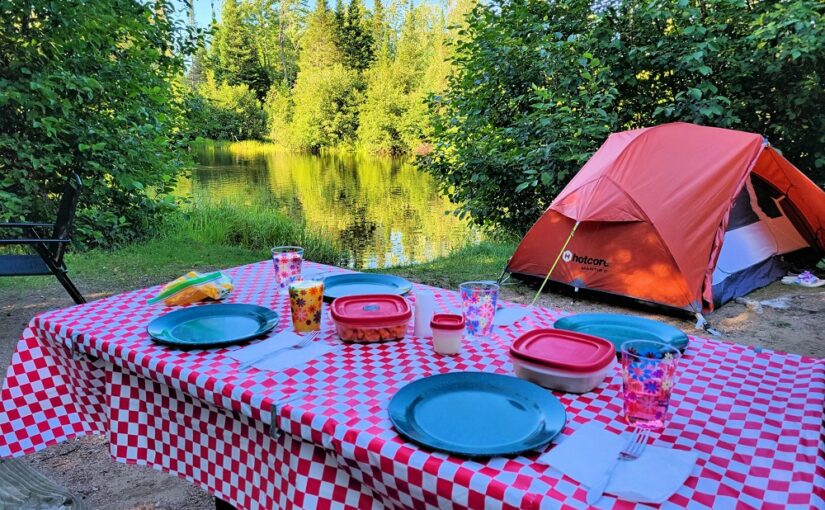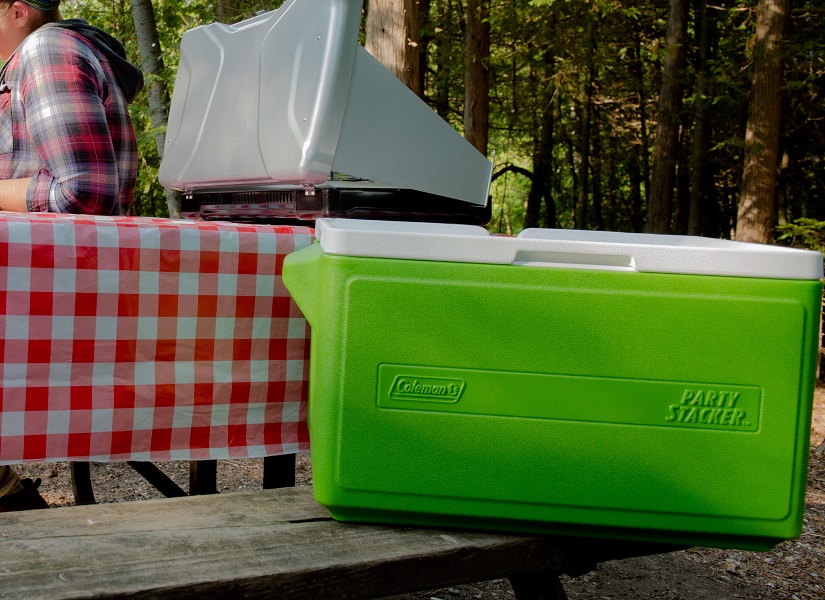Today’s post comes from Sheila Wiebe, marketing specialist at Bronte Creek Provincial Park.
Sometimes you must go back to move forward. Take the family picnic for example.
Up until Victorian times, picnics were exclusively enjoyed by the wealthy. After all, picnics were very grand affairs with tables, linens, crystal, chairs, servers, — and gourmet fare, of course!
But the Victorian era saw the picnic cross class boundaries. Even the picnics of the early 1900s were more formal than today — a far cry from our blankets and coolers, but the idea was ultimately the same.
It’s terrific that picnics are now an activity for everyone.
But somewhere between the 1910s and the 2010s, picnics started to rely heavily on disposable plates, plastic cutlery, and cups. While we were making an “easy” picnic, we also created garbage bags full of non-biodegradable waste.
From packing the cooler to tidying up, we’ve taken your childhood picnic and given it a green makeover.
Try these ideas to picnic like a Victorian:
Packing and planning basics
A picnic does take some planning. It can take two or three days of preparation, from making blocks of ice to cooling down the coolers, not to mention planning and making the food.
The classic packing list:
- blankets (for napping or lounging)
- hats and/or umbrellas
- folding chairs or a hammock
- sunscreen and bug repellent
- books and magazines
- equipment for games and activities
These are all still great options.
Here are some hacks for greening up your other picnic staples:
The green choice for dishes and cutlery
Swap out the single-use dishes in favour of these alternatives:
Choose reusable dishes and utensils. They’re a major source of litter, and of waste generally. Go green by choosing a fun set of reusable plates and cutlery. You can also pack meals in individual reusable containers and eat right out of those! Plus, it’s cost-effective!
Replace juice boxes and plastic straws with cups that have sippy lids or covers instead.
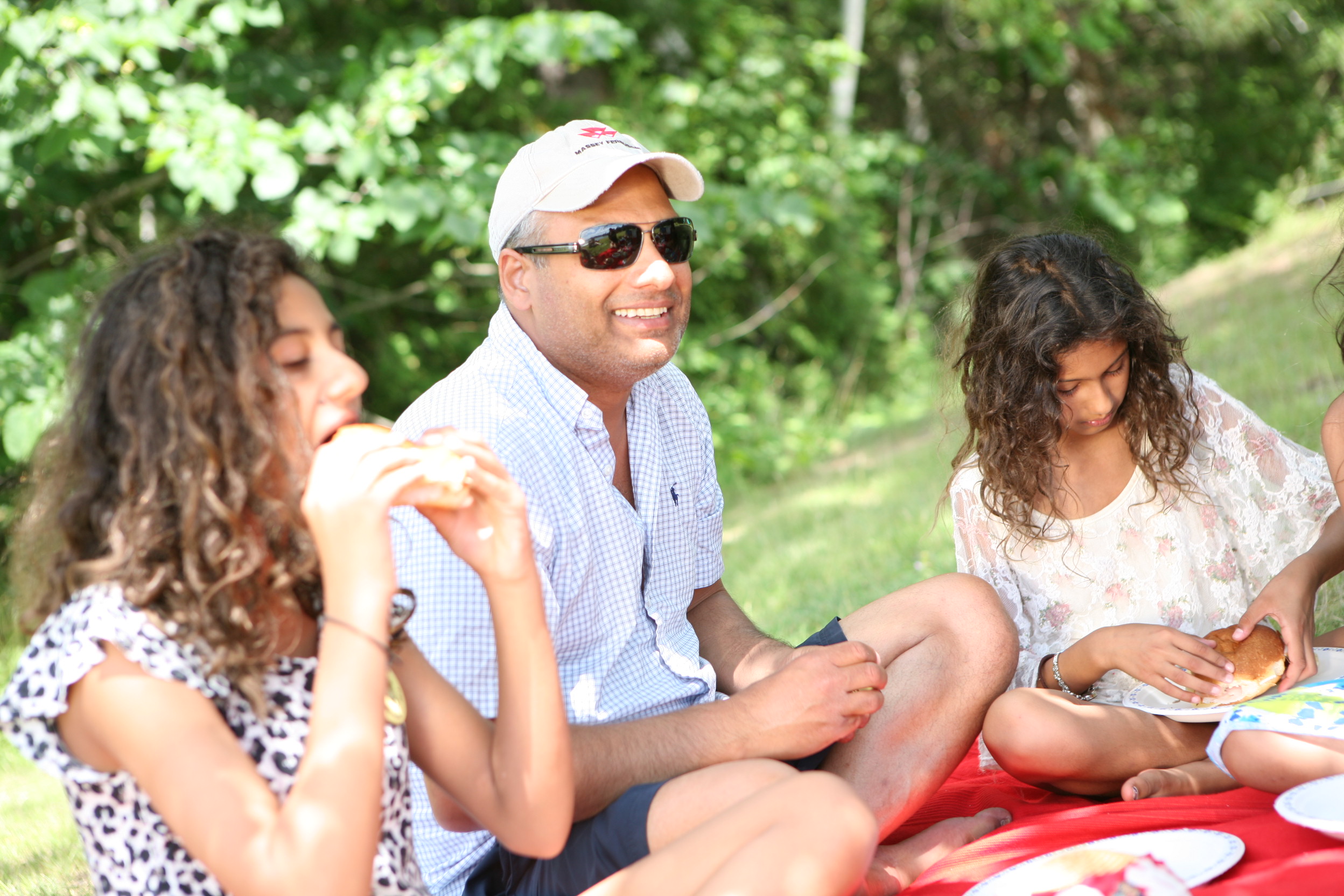
Pack a wash basin and dish soap (or use one of the buckets you will be using for the sponge game). This is great for washing up sticky hands and cleaning up reusable cups, dishes, and cutlery. This will help cut out the disposable plates and cups that accumulate in the recycling or garbage, and that attract wasps.
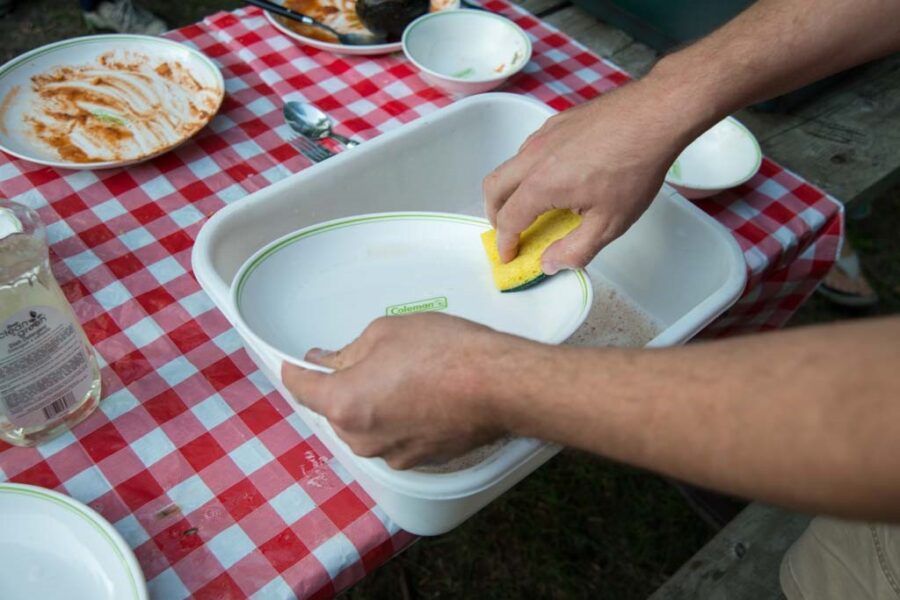
Fuss-free food
Finger food and nibbles are the way to go!
Hit up the farmers market or grocery store for fresh, locally-sourced fruits and vegetables and make as much as possible the day before.
Try these options:
- pasta salads
- sandwiches
- veggie sticks
- cheese and crackers
- deviled eggs
- hummus dip
- cut up fruit (watermelon, apples, grapes)
- cupcakes instead of a large cake
If barbecuing is for you (and it’s permitted at the day-use area you’re visiting), bring a portable propane or charcoal barbecue from home (at Bronte Creek, coal disposal containers are located throughout the day-use area).
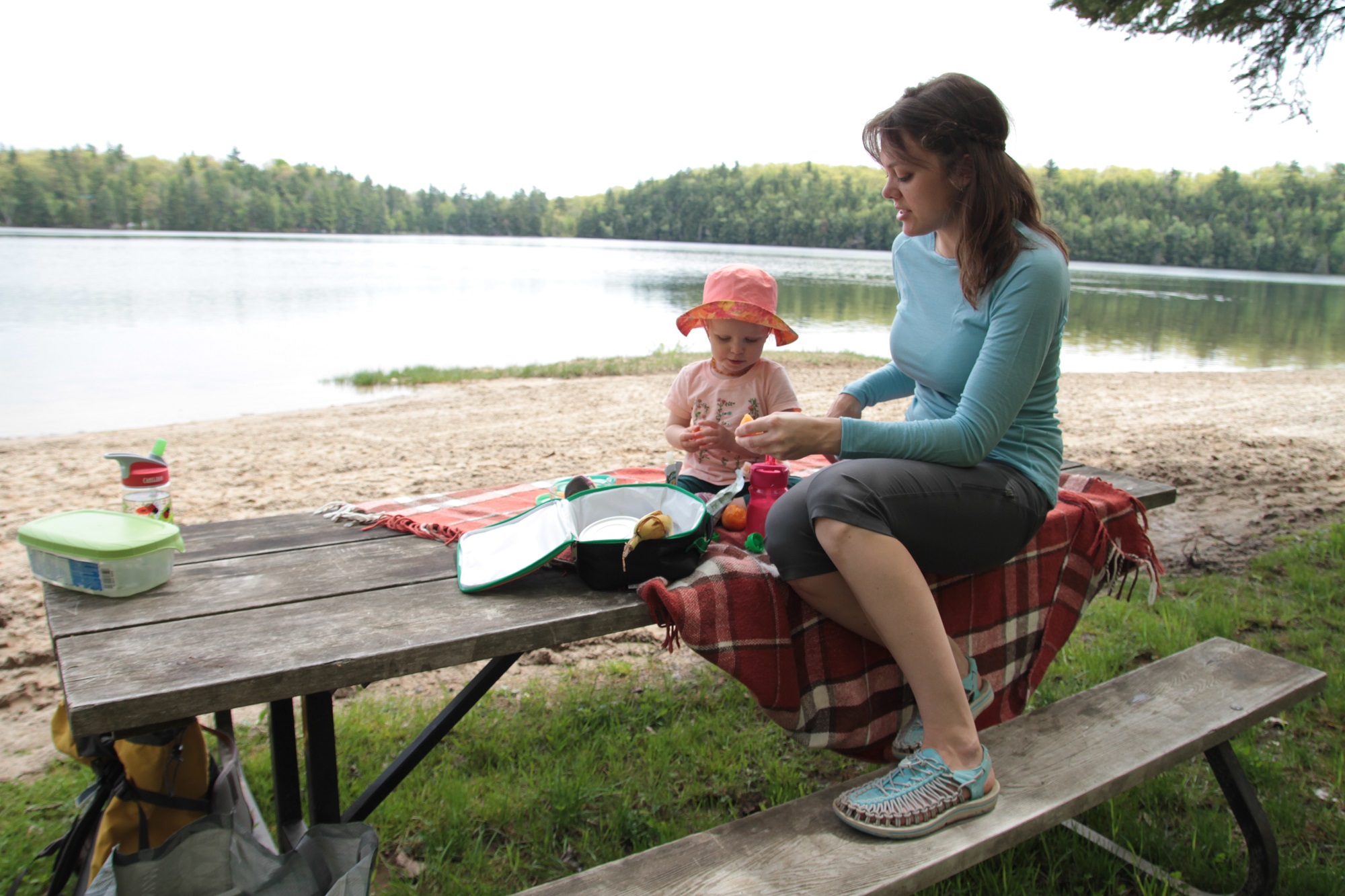
Green hint: pack foods in reusable containers. When empty, they can be washed and used to divide up the leftovers for guests to take home. Choose small individual snacking containers rather than plastic zip-top bags.
Fun and games
Try these traditional family picnic games and activities. At Bronte Creek, you could:
- test your hand at shoe or flip-flop toss
- hike nearby trails
- bike to your picnic spot
- get the kids on the playground
- search for bugs
- go birdwatching
- play cricket
- kick around a soccer ball
- play Bocce
- start a game of disc golf
- shoot some hoops on a basketball court
- play baseball
- fly a kite
Need more fun ideas?
Give these activities a go! They’re less likely to harm you or damage the environment than games like a three-legged race, potato sack, or plank skiing.
- pass the water – line of people must pass a cup of water passed over their head or under their legs to fill a bucket (two lines race each other).
- frozen t-shirt – take a variety of T-shirts (err on the larger side), soak in water, and wring out as much water as you can. Fold so they fit in the cooler to freeze. Transport to the picnic in the cooler. Before they thaw, challenge guests to see who can put one on the fastest.
- photo scavenger hunt – a twist on a scavenger hunt that does not require collecting of items, but rather images of the items.
- sponge relay – better than a balloon toss and participants get just as wet. No little bits of balloon left behind; just use a bucket full of water and a few sponges.
- forest bathing – Also known as forest therapy. Find a trail and listen the sounds of nature around you.
Say “no” to water balloon or egg toss games. Little pieces of balloon are damaging to wildlife and egg mess will attract wildlife.
Keeping the cold stuff cold
Coolers have come a long way in terms of insulation (who remembers the squeaky styrofoam ones that never quite made it home?).
For fresh food and cold drinks, follow these tips:
- use two reusable coolers, one for food and one for drinks
- experts say it is best to cool down your cooler at least one day before trip. This means sacrificing some ice
- freeze and or refrigerate your food and drinks in advance
- use blocks of ice along the bottom. Next, place a separator (like a cookie cooling rack) so that your food does not slip down into the water and get soggy
- pack food and consider where things are placed. Food you are going to need first should go on top, so you don’t have to rummage around too much
- place a piece of foam insulation, like an old camp pad, on top
- keep coolers in the shade and avoid opening them as much as possible.
- use a camp-style water jug for refreshments to save you from opening the coolers frequently
- for short day trips, don’t drain the water out until you are ready to pack up and go home. The cold water at the bottom will help to keep your drinks cold
Other green things you can do
- carpool to save carbon emissions and reduce costs
- leave the area better than you found it by picking up your waste, leaving natural elements in the park, and staying on the trail
